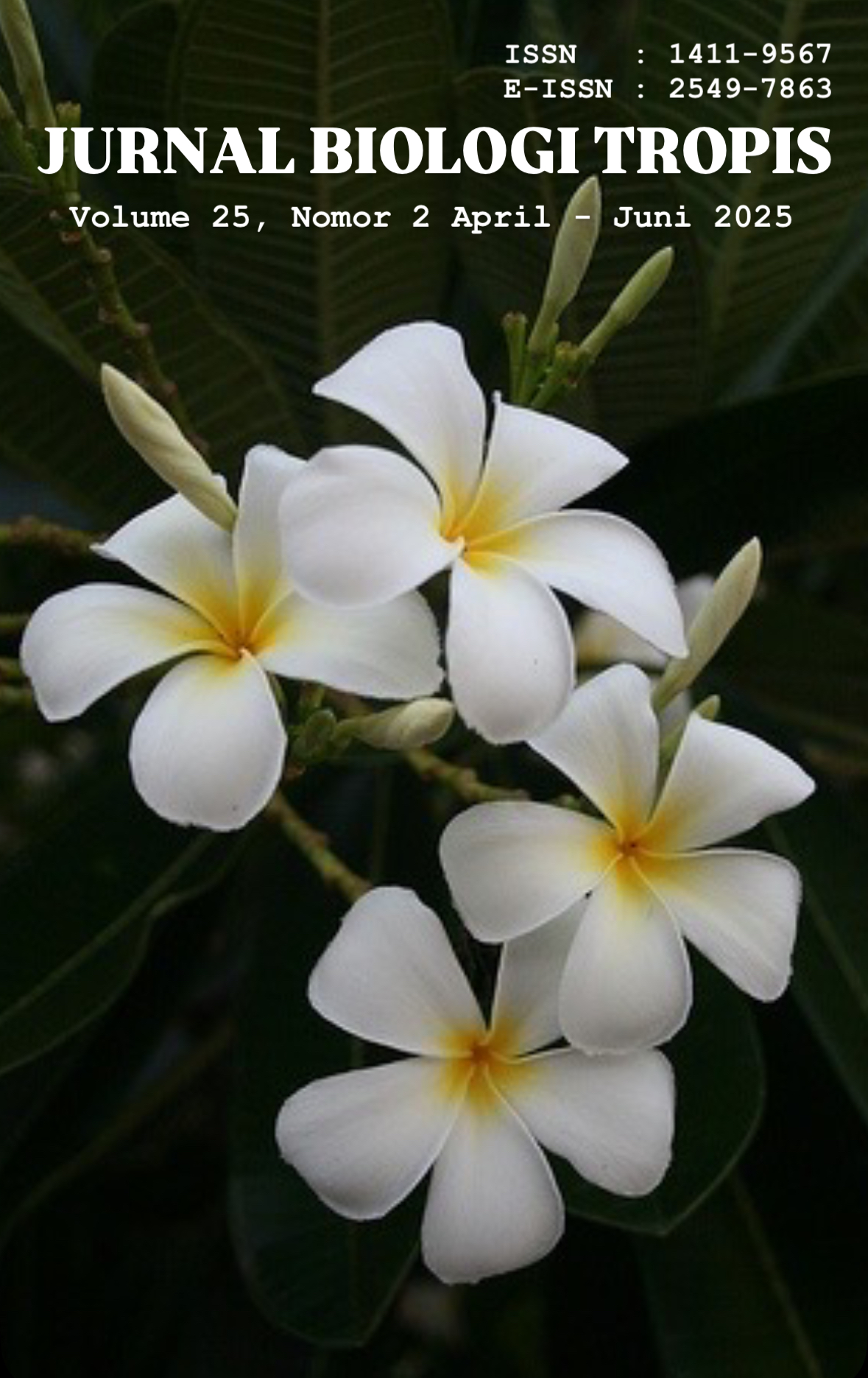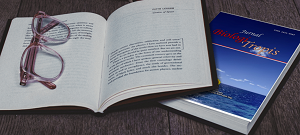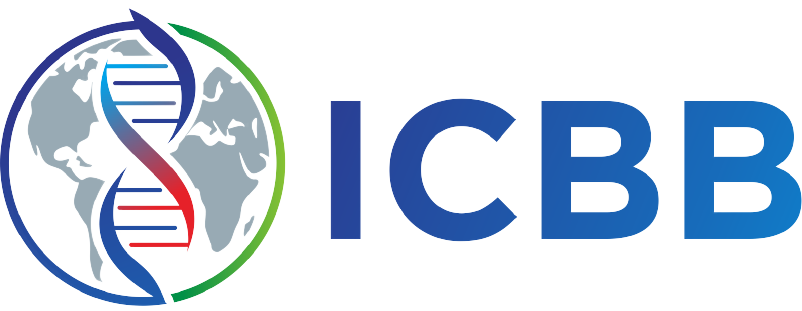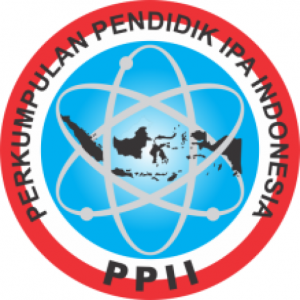Effect of BAP and NAA on Callus Emergence Time of Dumbaya Young Leaf Explants in Vitro
Authors
Farhana Rahmatia Walangadi , Jusna Ahmad , Devi Bunga Pagalla , Novri Youla Kandowangko , Febriyanti FebriyantiDOI:
10.29303/jbt.v25i2.9045Published:
2025-05-21Issue:
Vol. 25 No. 2 (2025): April-JuniKeywords:
BAP, Callus, Momordica cochinchinenensis, NAA.Articles
Downloads
How to Cite
Downloads
Metrics
Abstract
Momordica cochinchinensis, locally known as Dumbaya in Gorontalo Province, is a traditional medicinal plant with underutilized potential due to the extremely hard morphology of its seed coat. This physical barrier limits the penetration of water, air, and nutrients, thereby reducing the success rate of seed germination and plant propagation. The challenge of propagating plants that are difficult to reproduce sexually, such as dumbaya, can be addressed through various approaches, one of which is asexual reproduction using tissue culture techniques. This study aims to address propagation constraints by applying tissue culture techniques supplemented with Plant Growth Regulators (PGRs), specifically BAP (Benzyl Amino Purine) and NAA (Naphthalene Acetic Acid), which are critical factors in successful in vitro plant regeneration. The combination of Benzyl Amino Purine (BAP) and Naphthalene Acetic Acid (NAA) is a commonly used Plant Growth Regulator (PGR) for inducing callus formation and organogenesis, where BAP is effective in stimulating shoot formation, while NAA plays a role in root induction. The research employed an experimental method using a Completely Randomized Design (CRD) with five treatment levels: H0: MS + 0 ppm NAA + 0 ppm BAP; H1: MS + 1.5 ppm NAA + 0.5 ppm BAP; H2: MS + 3.0 ppm NAA + 0.5 ppm BAP; H3: MS + 1.5 ppm NAA + 1.0 ppm BAP; and H4: MS + 3.0 ppm NAA + 1.0 ppm BAP. Each treatment was replicated three times. The results showed that treatment H1 produced the earliest callus formation, with an average callus initiation time of 7 days after planting.
References
Anggraeni, D., Ismaini, L., Surya, M. I., Rahmi, H., & Saputro, N. W. (2022). Inisiasi Kalus Daun Talinum triangulare (Jacq.) Willd pada Beberapa Kombinasi Konsentrasi Zat Pengatur Tumbuh 2,4-Dichlorophenoxyatic Acid dan Benzyl Adenine. Agrikultura, 33(3), 276. https://doi.org/10.24198/agrikultura.v33i3.40540
Balilashaki, K., Vahedi, M., & Karimi, R. (2015). In vitro direct regeneration from node and leaf explants of Phalaenopsis cv. ‘Surabaya.’ Plant Tissue Culture and Biotechnology, 25(2), 193–205. https://doi.org/10.3329/ptcb.v25i2.26254
Buana, A. S. (2020). Induksi Kalus Stevia Rebaudiana Bertoni M. Dengan Pemberian Kombinasi Zpt Naa (Naphtalene Asetic Acid), 2,4-D (2,4 Diclorophenoxy Asetic Acid) Dan Bap (Benzil Amino Purin). Jurnal Teknologi Terapan: G-Tech, 1(2), 78–83. https://doi.org/10.33379/gtech.v1i2.272
Chen, Y. M., Huang, J. Z., Hou, T. W., & Pan, I. C. (2019). Effects of light intensity and plant growth regulators on callus proliferation and shoot regeneration in the ornamental succulent Haworthia. Botanical Studies, 60(1). https://doi.org/10.1186/s40529-019-0257-y
Eka Waryastuti, D., & Setyobudi dan Tatik Wardiyati Jurusan Budidaya Pertanian Fakultas, L. (2017). Pengaruh Tingkat Konsentrasi 2,4-D Dan BAP Pada Media MS Terhadap Induksi Kalus Embriogenik Temulawak (Curcuma xanthorrhiza Roxb.) Effects Of 2,4-D And Bap Concentration Levels On Ms Media For Embryogenic Callus Induction Of Java Turmeric (Curcuma xanthor). Jurnal Produksi Tanaman, 5(1), 140–149.
Erawati, D. N., Taufika, R., & Adiwinata, D. A. (2023). Pengaruh Pemberian Sitokinin Terhadap Kalus Tembakau Varietas Na-Oogst (Nicotiana tabacum L.) Melalui Kultur In Vitro. Agropross : National Conference Proceedings of Agriculture, 288–295. https://doi.org/10.25047/agropross.2023.470
Fauziah, R. H., Kusmiyati, F., & Anwar, S. (2019). Lilium longiflorum Plant Growth with a combination of Naphthylacetic Acid (NAA) and 6-Benzylaminopurine (BAP) In Vitro. Journal of Tropical Crop Science and Technology, 1(2), 78–92. https://doi.org/10.22219/jtcst.v1i2.10387
Handayani, R. S., Maisura, M., & Rizki, A. (2018). Pengaruh Letak Posisi Eksplan dan Sitokinin Pada Perkecambahan Biji Manggis (Garcinia mangostana L.) Lokal Aceh Secara in-Vitro. Jurnal Agrium, 14(2), 1. https://doi.org/10.29103/agrium.v14i2.874
Pagalla, D. B., Ahmad, J., Adudu, M. F., Nidaulhasanah, A., Adju, F. H. Y., & Damayanti, E. M. (2023). In Vitro Germination of Dumbaya Seeds (Momordica cochinchinensis (Lour.) Spreng: A Unique Medicinal Plant of Gorontalo. Jurnal Biologi Tropis, 23(2), 203–208. https://doi.org/10.29303/jbt.v23i2.5798
Rahman, N., Fitriani, H., Rahman, N., & Hartati, N. S. (2021). The Influence of Various Growth Regulators on Induction Organogenic Callus from Gajah and Kuning Cassava Genotype (Manihot esculenta Crantz). Jurnal Ilmu Dasar, 22(2), 119. https://doi.org/10.19184/jid.v22i2.9305
Restanto, D. P., Farlisa, V. Y., Dewanti, P., Hariyono, K., & Handoyo, T. (2022). Induksi Somatic Embriogenesis dan Kultur Suspensi Sel Pada Tanaman Porang (Amorphophallus muelleri Blume). Agriprima : Journal of Applied Agricultural Sciences, 6(2), 111–123. https://doi.org/10.25047/agriprima.v6i2.448
Setyorini, T., & Kristalisasi, E. N. (2019). Induksi Kalus Embriogenik Kelapa Sawit pada Media MS dengan Menambahkan 2,4-D dan Air Kelapa Muda. Agroista Jurnal Agroteknologi, 3(1), 93–98.
Sitinjak, M. A., Isda, M. N., & Fatonah, S. (2015). Induksi kalus dari eksplan daun in vitro keladi tikus (Typhonium sp.) dengan perlakuan 2, 4-D dan kinetin. Al-Kauniyah: Jurnal Biologi, 8(1), 32-39.
Sualang, H., Lengkong, E. F., & Tumewu, P. (2023). Induction Of Direct Somatic Embriogenesis Of Chrysanthemum In MS And NAA Media Combined With Some Cytokinin Concentrations. Jurnal Agroekoteknologi Terapan, 4(1), 182–190. https://doi.org/10.35791/jat.v4i1.44247
Utomo, A. T. G., Zainal, A., & Yusniwati, Y. (2024). Induksi Kalus Tanaman Gambir (Uncaria gambir (Hunter) Roxb.) Pada Beberapa Konsentrasi 2,4-D Secara In Vitro. Agroteknika, 7(2), 264–274. https://doi.org/10.55043/agroteknika.v7i2.263
Vuong, L. T., & King, J. C. (2003). A method of preserving and testing the acceptability of gac fruit oil, a good source of β-carotene and essential fatty acids. Food and Nutrition Bulletin, 24(2), 224–230. https://doi.org/10.1177/156482650302400216
Wahyuni, A., Satria, B., & Zainal, A. (2020). Induksi Kalus Gaharu dengan NAA dan BAP Secara In Vitro. Agrosains : Jurnal Penelitian Agronomi, 22(1), 39. https://doi.org/10.20961/agsjpa.v22i1.36007
Waryastuti, D. E., Setyobudi, L., & Wardiyati, T. (2017). Pengaruh tingkat konsentrasi 2, 4-D dan BAP pada media MS terhadap induksi kalus embriogenik temulawak (Curcuma xanthorrhiza Roxb.) (Doctoral dissertation, Brawijaya University).
Wulandari, S., Nisa, Y. S., Taryono, T., Indarti, S., & Sayekti, R. S. (2022). Sterilisasi Peralatan dan Media Kultur Jaringan. Agrotechnology Innovation (Agrinova), 4(2), 16. https://doi.org/10.22146/a.77010
Xiong, Y., Wei, Z., Yu, X., Pang, J., Zhang, T., Wu, K., Ren, H., Jian, S., Teixeira da Silva, J. A., & Ma, G. (2021). Shoot proliferation, embryogenic callus induction, and plant regeneration in Lepturus repens (G. Forst.) R. Br. In Vitro Cellular and Developmental Biology - Plant, 57(6), 1031–1039. https://doi.org/10.1007/s11627-021-10183-3
License
Copyright (c) 2025 Farhana Rahmatia Walangadi, Jusna Ahmad, Devi Bunga Pagalla, Novri Youla Kandowangko, Febriyanti Febriyanti

This work is licensed under a Creative Commons Attribution 4.0 International License.

Jurnal Biologi Tropis is licensed under a Creative Commons Attribution 4.0 International License.
The copyright of the received article shall be assigned to the author as the owner of the paper. The intended copyright includes the right to publish the article in various forms (including reprints). The journal maintains the publishing rights to the published articles.
Authors are permitted to disseminate published articles by sharing the link/DOI of the article at the journal. Authors are allowed to use their articles for any legal purposes deemed necessary without written permission from the journal with an acknowledgment of initial publication to this journal.


























